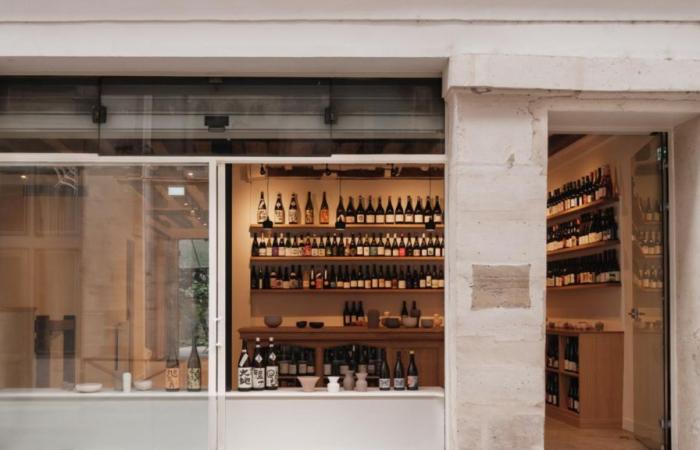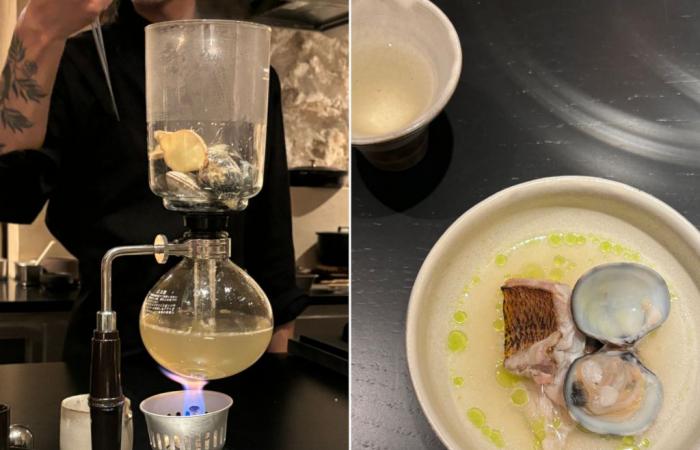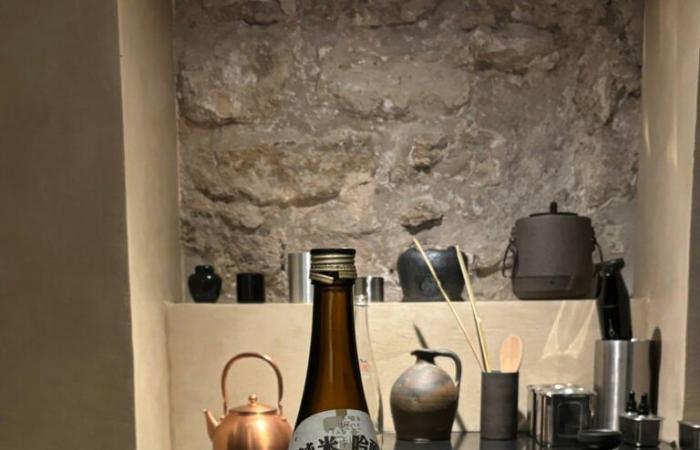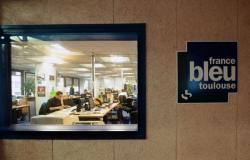In Paris, the galaxy of exceptional Japanese restaurants is enriched with a whole new setting. The gourmet restaurant Solacrowned with a star in the Michelin guide and renowned for its French-Japanese fusion cuisine, welcomed a little sister this fall: Sola Cave & Ceramics. Entrusted to the expert hands of the Japanese chef Kosuke Nabetathis hybrid address nestled in the discreet rue Maître Albert, a few steps from Notre-Dame, is one that you do not come across on every street corner in the capital. Behind its minimalist facade, a multidisciplinary space is revealed where the multiple riches of Japan are celebrated: from gastronomy to table arts… Defined as “protean” the place is at the crossroads between the ceramic workshop, the cellar teas, sakes and natural wines and the omakase-style table d'hôte.
“I leave it up to you”
We are welcomed there by Emmanuel Martinthe director of the establishment, who after a brief tour of the premises, time to sip a welcome glass of champagne, guides us to the chef's table, installed in the basement. After passing through an exceptional cellar, which gives pride of place to more than 500 carefully sourced references of natural wines and sakes, you can see, behind a sliding wooden door, the subdued room with its minimalist and refined Japanese-style decor. Understand by this, raw stone walls, polished concrete splashbacks, furniture with clean lines like a large charcoal-colored counter which serves as an open kitchen. It is here that Kosuke Nabeta orchestrates his omakase dinners. This purely Japanese concept, which literally means “I leave it to you”offers carte blanche to the chef to compose a tasting menu according to his inspiration. At Sola Cave & Céramiques, these dinners only take place four times a month, for only eight guests and they are punctuated by food and liquid pairings (wine and sake or tea). An intimate and confidential format, which allows not only to admire the chef at work, but also to interact with him in a very privileged way.
Sola Cave & Ceramics
Nothing is lost, everything is transformed
After taking the time to warmly greet us, chef Kosuke Nabeta, of magnetic elegance, gets into action and lets the sparkling woman speak Lora Terradesommelier specializing in sake, who managed the dinner brilliantly. She begins by explaining to us in more detail the philosophy of the place which is part of a logic of recovery and sublimation. Each element is used until its peak, so as not to lose any substance. This concerns both the clays, chosen to make the restaurant's ceramics, recovered from the soils of certain winegrowers, and the cuisine which ensures that the food is exploited to the maximum of its potential with the idea that nothing is lost and that everything is transformed.
At the same time as they bring us an oshibori – a warm towel to clean our hands – we are placed a small box next to our plate, in which each sequence of the menu has been written in calligraphic letters on small cards in washi paper. The kind of little details that don't leave us indifferent. We then discover the titles of the dishes which will make up Chef Kosuke's precise and poetic culinary score. He has distinguished himself by creating bridges between French and Japanese gastronomy and by highlighting traditional Japanese techniques such as marinating, fermentation or smoking. All while adopting a conscious and environmentally friendly approach. This is what makes a chef resolutely anchored in his time, who very accurately embodies the spirit of his time.
A precise and poetic cuisine between France and Japan
We enjoy admiring Kosuke at work, focusing on the precision and meticulousness of his gestures, on the way he handles his array of state-of-the-art utensils, almost like a chemist in search of the perfect formula. Also notice the way he takes his time and approaches things with such contagious zenitude. On the plates of this eight-course menu, a parade of delights that are savored as much with the eyes as with the mouth. For example, an oyster marinated with kombu seaweed enhanced by a drizzle of lovage oil and tosazu sauce, a condiment made from rice vinegar, dashi, soy sauce and red beans for the umami side. This lobster will also be remembered for a long time in two ways: first as a tartare accompanied by a lobster bisque espuma and a croustade made with scraps of beet skin and lobster shells, then grilled with binchotan , served with a porcini mushroom, all revealing the umami flavors of an ancestral irizaké sauce made from sake and Japanese umé plum. Just as striking: the clam paired with pageot or the mushroom-abalone rice nestled in its pearly shell. Each dish is presented with great grace, without embellishment, in beautiful ceramic tableware, also shaped by the hands of chef Kosuke, whose talent extends beyond the boundaries of cuisine.
Clam and pageot.
Discover the art of sake
As the meal progresses, the pairings imagined by Lora Terrade follow one another in the glasses. With passion and enthusiasm, the young expert, who perfectly masters her subject, introduces us to the art of sake (almost similar to that of wine), which Sola Cave et Céramiques hopes to promote in the Parisian gastronomic sphere. There we discover a range of sakes with a richness that we never suspected: sparkling, traditional with a strong character, modern with subtle aromas, and even aged ones. The experience ends with the sweet and delicate notes of a trilogy of desserts, mixing Japanese flavors with refined textures such as that of a black sesame rice paste or a spicy beet sorbet. The perfect conclusion to a suspended, timeless moment that places excellence at a very high level.
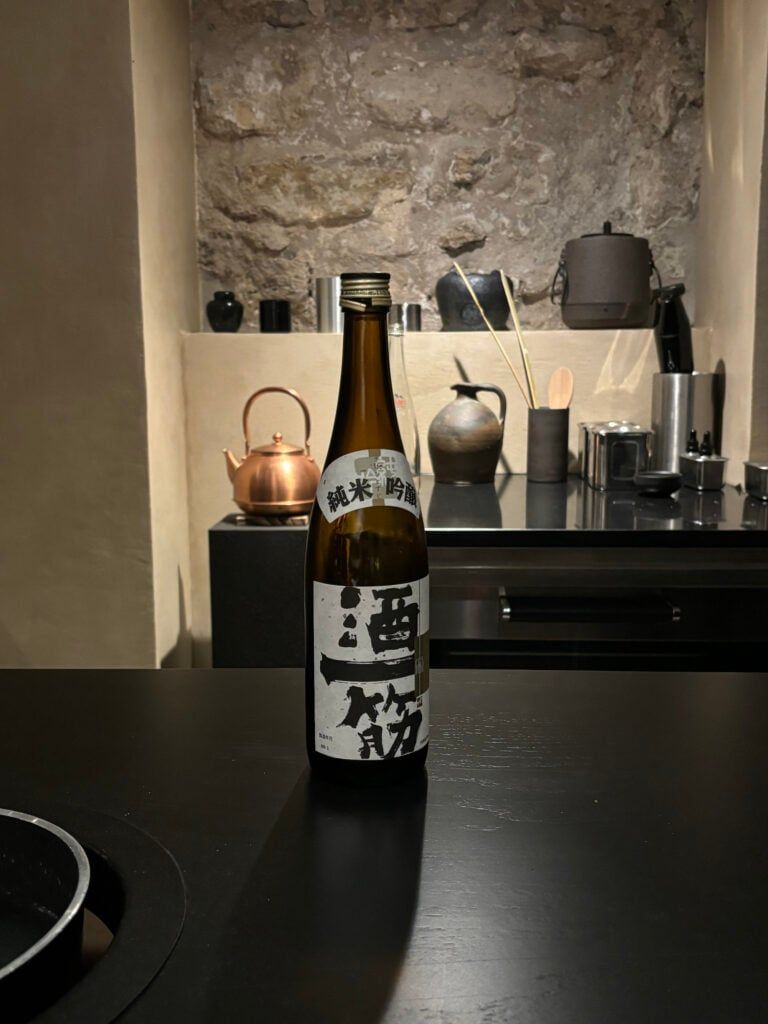
- Sola Cave & Céramiques, 6 Rue Maître Albert, 75005 Paris. “Chef’s Table” experience at 280 euros. More information here.

